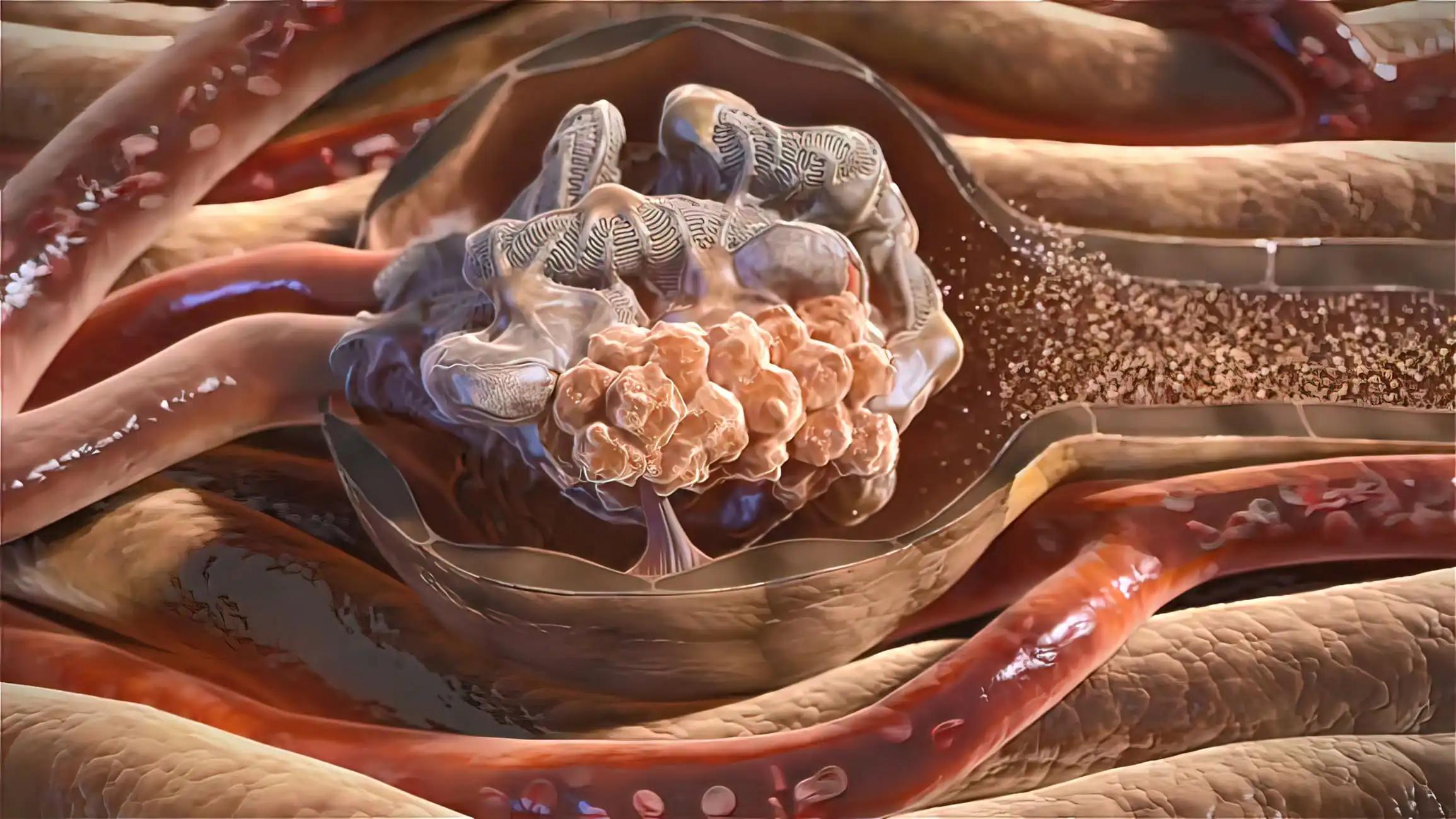KEY TAKEAWAYS
- The study aimed to investigate the effectiveness of radiomics-based multilayer spiral CT imaging in accurately predicting Fuhrman pathological grading for ccRCC.
- Researchers noticed that radiomics-based multilayer spiral CT imaging significantly enhances the accuracy of Fuhrman pathological grading in ccRCC.
Clear cell renal cell carcinoma (ccRCC) is the most common subtype of renal cell carcinoma (RCC), and accurate pathological grading is essential for prognosis and treatment planning. However, conventional methods using the Fuhrman pathological grading system have significant limitations, often leading to inconsistent and subjective assessments.
Bolin Liu and the team aimed to investigate the potential of using radiomics-based multilayer spiral computed tomography (CT) imaging as a non-invasive, more reliable alternative for predicting Fuhrman pathological grading in ccRCC.
They performed an inclusive retrospective analysis of the clinical data of patients with ccRCC admitted to the hospital from March 2023 to March 2024. The patients were categorized into low-grade (Fuhrman grades I and II) and high-grade (Fuhrman grades III and IV) groups.
Advanced statistical methods, including correlation analysis, receiver operating characteristic (ROC) curves, and the construction of a joint predictive model, were utilized to evaluate the predictive value of radiomics-based multilayer spiral CT imaging indicators for Fuhrman pathological grading in ccRCC. The primary outcome measure focused on determining how effectively these imaging omics indicators could predict the Fuhrman pathological grading in patients with ccRCC.
About 101 patients with ccRCC clinical data were examined, with 56 cases classified as low-grade and 45 cases as high-grade. Notable distinctions were observed in the grey-level co-occurrence matrix (GLCM) features between low and high Fuhrman grading groups, including contrast (0.24 ± 0.08 vs. 0.33 ± 0.09), energy (0.73 ± 0.05 vs. 0.67 ± 0.06), and homogeneity (0.63 ± 0.05 vs. 0.57 ± 0.05) (P < 0.001).
The CT imaging characteristics also demonstrated substantial variation between the low and high Fuhrman grading groups, with enhancement homogeneity (0.34 ± 0.08 vs. 0.26 ± 0.08) and washout half-time (28.57 ± 4.35 vs. 34.72 ± 5.62) showing significant differences (P < 0.001).
Significant correlations were identified between Fuhrman pathological grading and enhancement homogeneity (r = 0.476), washout half-time (r = -0.519), contrast (r = 0.454), energy (r = -0.453), and homogeneity (r = -0.541). The predictive value of these features was highlighted, with a combined imaging genomics model demonstrating an area under the curve of 0.929.
The study concluded that radiomics-based prediction using multilayer spiral CT imaging offers significant potential for accurately predicting Fuhrman pathological grading in clear cell renal cell carcinoma (ccRCC), thereby enhancing the precision of non-invasive diagnostic methods.
No funding information was given.
Source: https://pubmed.ncbi.nlm.nih.gov/39104236/
Liu B, Liu A, Wu Y, et al. (2024). “Enhancing the Efficacy of Radiomics-Based Prediction of Fuhrman Pathological Grading in Renal Clear Cell Carcinoma Using Multilayer Spiral CT Imaging.” Arch Esp Urol. 2024;77(6):674-680. doi:10.56434/j.arch.esp.urol.20247706.92



